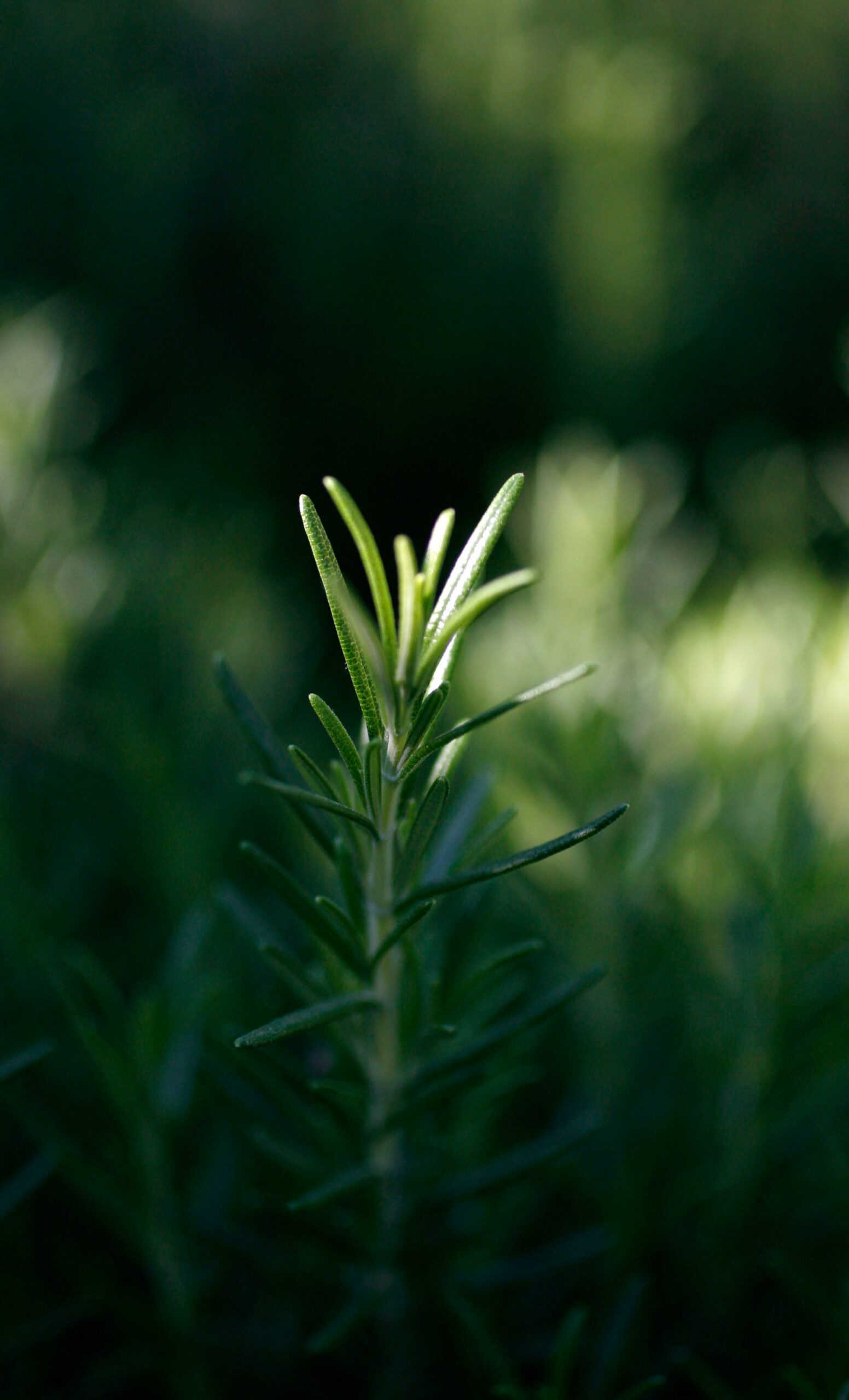This herb has been gracing kitchens and gardens for centuries. Growing rosemary isn’t rocket science, but it does require a bit of finesse to keep this Mediterranean plant thriving in your garden or windowsill. With the right approach, you’ll have fresh sprigs for your roasted potatoes and Sunday lamb for years to come.
How to Plant Rosemary
When to plant
Spring is the golden window for planting rosemary outdoors, after the last frost has passed and soil temperatures have warmed. In warmer climates, fall planting works beautifully too, giving roots time to establish before summer heat arrives. Indoor planting can happen year-round, though spring still offers the best growing conditions.
Where to plant
Rosemary craves sunshine, warmth, and well-draining conditions. Choose a spot that receives at least six hours of direct sunlight daily. If you’re growing indoors, a south-facing window is your best bet, though you might need to supplement with grow lights during darker months.
The key to rosemary’s happiness is mimicking its native habitat: rocky hillsides. Poor, sandy soil actually works in your favor here, as overly rich soil can lead to weak, leggy growth.
How to Grow Rosemary From Seed
While you can grow rosemary from seeds, it can be a bit difficult and unpredictable. Seeds can take up to three weeks to germinate and often produce inconsistent results. If you’re up for attempting it, however, it’s best to start seeds indoors 10-12 weeks before the last frost date, using a seed-starting mix that drains well.
Sow seeds on the surface and barely cover them, as they need light to germinate. Keep soil consistently moist (but not soggy) and maintain temperatures around 70 degrees Fahrenheit. Once seedlings develop their second set of true leaves, transplant them into individual containers and treat them very preciously, because growing rosemary from seed requires serious patience.
How to Propagate Rosemary
Propagation from cuttings is both faster and more reliable than seeds. Snip a 4-inch piece from a healthy plant, choosing new growth that’s still flexible rather than woody stems. Remove the lower leaves, leaving just the top few sets intact.
You can root cuttings in water or directly in soil. For water propagation, place stems in a glass jar and change water every few days until roots develop. For soil propagation, dip the cut end in rooting hormone (optional but helpful) and plant in a well-draining potting mix. Keep soil slightly moist and provide bright, indirect light until new growth appears.
Potting and Repotting Rosemary
Choosing the right pot
Select containers with drainage holes (this isn’t negotiable). Terra cotta pots work beautifully as they allow soil to dry out between waterings. Start with a 6-8 inch pot for young plants, graduating to 12-14 inch containers for mature ones.
Repotting rosemary
Rosemary doesn’t mind being slightly root-bound, so repotting every 2-3 years is typically sufficient. Signs its time include roots growing through drainage holes, water running straight through without being absorbed, or severely stunted growth. Spring is the ideal time for this operation.
When repotting, gently tease apart circled roots and move up only one pot size. Use a well-draining potting mix amended with coarse sand or perlite.
Rosemary Plant Care
Light requirements
Rosemary demands full sun—at least 6-8 hours of direct sunlight daily. Insufficient light leads to leggy, weak growth and diminished flavor. Indoor plants often struggle with inadequate light, so consider supplemental grow lights during winter months or in naturally dim spaces.
Soil Needs
Drainage is absolutely non-negotiable when it comes to rosemary. Overwatering can quickly lead to root rot and a very dead plant. Aim for a pH between 6.0 and 7.0, though rosemary is fairly forgiving if you’re slightly outside this range.
For container growing, mix regular potting soil with coarse sand or perlite in a 2:1 ratio. In garden beds, consider raising the planting area or adding gravel to improve drainage.
Watering schedule
Many well-meaning gardeners go wrong by killing their rosemary with kindness, especially with too much water. Established rosemary plants are drought-tolerant and prefer to dry out between waterings.
Water deeply but infrequently, allowing the top inch of soil to dry completely before the next watering session. During winter months, reduce watering even further, because the plant’s growth slows significantly.
Fertilizing rosemary
Rosemary isn’t a heavy feeder. A light application of balanced, slow-release fertilizer in spring is typically sufficient for the entire growing season. Over-fertilizing can actually work against you, producing excessive foliage growth at the expense of essential oils.
How to Harvest Rosemary
Regular harvesting actually serves as pruning for rosemary, encouraging bushier growth and preventing the plant from becoming woody and unproductive. Cut stems just above a leaf node or branch junction, and don’t be shy about taking what you need for cooking.
Harvest in the morning after dew has dried but before the heat of the day, when essential oils are at their peak concentration. Young, tender stems offer the best flavor, while older, woody growth is better left for structural support.
For preserving, rosemary dries beautifully when hung in small bundles in a warm, dry location with good air circulation. Fresh stems also freeze well in ice cube trays with olive oil for convenient cooking portions.
Common Pests and Problems
Aphids and spider mites
Blast them off with water or use insecticidal soap for persistent infestations. Good air circulation helps prevent spider mite problems.
Powdery mildew
This fungal issue appears as white, powdery spots on leaves and stems. It typically occurs in humid conditions with poor air circulation. Improve ventilation, avoid overhead watering, and remove affected plant parts promptly.
Root rot
The number one killer of rosemary plants, root rot results from overwatering or poor drainage. Yellowing leaves, wilting despite moist soil, and a musty smell from the soil are all telltale signs.
Woody growth
Older rosemary plants naturally become woody and less productive over time. Regular harvesting and annual pruning help, but plants typically need replacement every 4-6 years for optimal performance.
Overall, growing rosemary successfully comes down to understanding its Mediterranean mindset: plenty of sun, excellent drainage, and benign neglect rather than constant fussing.

Julia Cancilla is the engagement editor (and resident witch) at ELLE Decor, where she oversees the brand’s social media platforms, covers design trends and culture, and writes the monthly ELLE Decoroscope column. Julia built her background at Inked magazine, where she grew their social media audiences by two million and penned feature articles focusing on pop culture, art, and lifestyle.





